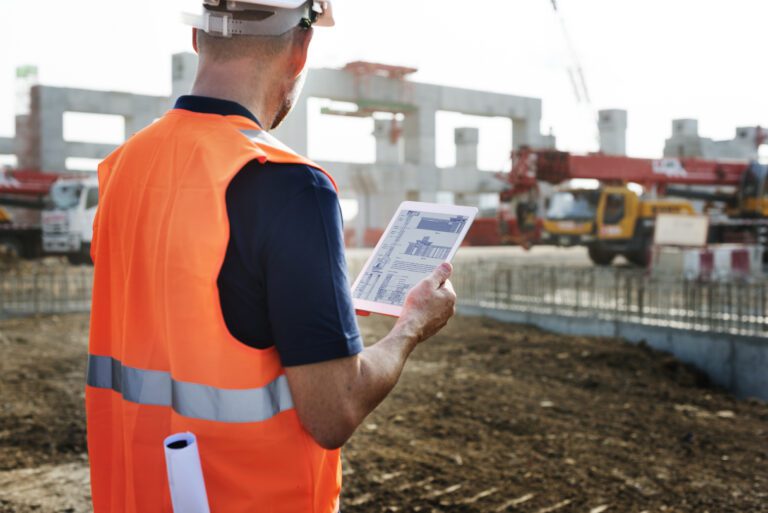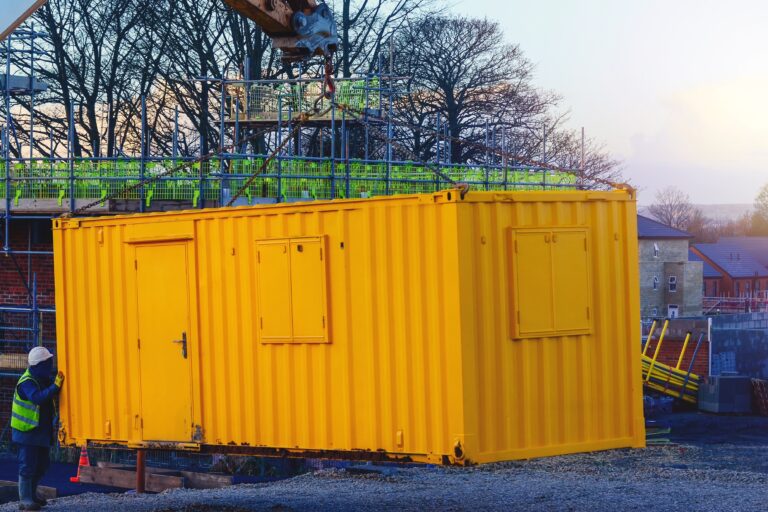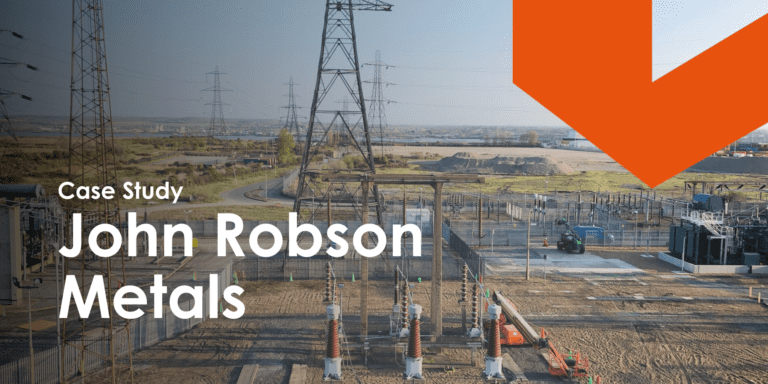7th December, 2021
Modular Construction: From Parts to Projects
Modular construction is a popular construction method which can minimise waste and save time. Learn about the benefits of modular construction here.
Modular construction is changing the way we build.
Gone are the days when everything was cut and fitted on site using raw materials. Large scale buildings can now be assembled in half the time using a method which joins individual components together.
Think of it like a jigsaw puzzle.
The module units, like the jigsaw pieces, slot into place to produce something that is complete.
But what are the pros and cons of using such an efficient building system?
And more importantly how does it work?
In this blog post, we will explore exactly what modular construction is, how it has developed, and identify the benefits and challenges of using this method. This equips project managers with all of the information they need to incorporate this into their own business.
What Does Modular Mean?
Modular design involves dividing a system into smaller parts called ‘modules’ which can then be independently created, modified, exchanged, or replaced with other modules to form a complete whole.
In terms of applications, there are various buildings and systems which use modular design including cars, furniture, solar panels, wind turbines, computers, and elevators. This type of design combines the advantages of standardisation with those of customisation to allow for greater flexibility.
Now that we have covered the meaning of modular, what does this mean in terms of construction? Well let’s take a look…

What is Modular Construction?
Modular construction, also referred to as ‘off-site’ construction or prefabrication, essentially means building parts of a structure in a factory and then assembling them on site. These terms are often used interchangeably and cover a wide range of approaches and systems.
This contrasts with the traditional method of constructing everything on site as we move to a more manufacturing-style production. This could dramatically change the way we build, and has the potential to increase productivity within construction.
Until now, construction has always lagged behind other sectors in terms of productivity, with project managers always seeking new ways to maximise output. However, by using this method, that could all change as large scale buildings can be completed much quicker.
How Has Modular Construction Evolved?
The idea of modular construction is certainly not new. The term has existed for years and dates back to the second world war where it gained a lot of popularity in both the US and the UK. Due to the need for fast reconstruction and social housing, this method was a great solution for erecting buildings quickly.
This popularity however, was very short lived as supply and demand started to balance out. The collapse of a prefabricated apartment tower in 1968, also added to the decline in interest and sparked concern about the quality of this building method.
Moving to the present day, modular construction is enjoying a new wave of interest and investment. This is due to several reasons including the development of digital tools which optimise the design and logistics process. Furthermore, there has been a shift in consumer perception as there are now a broader range of material choices which improve the aesthetics of a prefabricated building and make them more visually appealing.
Most notably, the biggest shift is a change in perception from construction industry CEO’s. They see technology based disruptors coming onto the market and have realised it might be time to change their position.

What Are the Benefits of Modular Construction?
There are lots of benefits to modular construction, some of which we have touched on above. As well as being able to complete large scale projects much quicker, project managers can also enjoy various cost savings.
With that said, let’s explore these benefits in further detail.
Saves Time
One obvious benefit is that modular construction saves time as a lot of the work can be completed in a factory while site work and foundations can be performed on site. The modular ‘boxes’ that leave the factory are usually already fitted with walls, floors, and ceilings, whilst some even have interior fittings and fixtures.
As a result, it is a case of assembling these parts together on site rather than building them from scratch which was the traditional method. This time saving benefit ensures the project is kept on schedule which is hugely important to maintain customer satisfaction.
Mitigates Weather Issues
As the separate modules are prefabricated inside of a building, the environment is controlled. This means regardless of weather conditions outside, there will be no delay to the construction of the modular units. There is nothing more frustrating than having to push back a project due to dangerous weather, yet with this building method, the problem is virtually eliminated.
Being indoors also provides workers with a safer and more comfortable environment. As a result, this can lead to enhanced levels of productivity and motivation as workers are content throughout their shift. Furthermore, this improves the overall quality of the product as employees take more care and attention during the construction process.
No Need for Storage
Modular construction also removes the need for storage which is a huge added benefit. Particularly in built up urban areas, finding storage space can be very challenging. As well as taking up valuable space, this also leads to concerns regarding theft of materials and equipment.
Site safety is very important and requires a range of security measures. However, by investing in modular construction, this issue is mitigated as nothing is stored on site. Due to the nature of this building method, each component is built elsewhere and only transported to site when it is ready to be fitted. Therefore this gives project managers peace of mind that their site is not vulnerable to criminal activity.
Moreover, cluttering your site with storage equipment can slow down productivity. If you’re working in a tight space and employees are having to squeeze past things, jobs will take longer to complete. This can be very frustrating which also contributes to lower productivity levels.

Reduces the Need for Demolition
Demolition projects create a lot of waste which then needs to be correctly disposed of to avoid harming the environment. However, significant amounts of waste from traditional construction cannot be recycled as they are contaminated with other, toxic materials.
Therefore resources such as wood, steel, and glass which could usually be recycled have to go straight into landfill as they are combined with non-renewable and non-recyclable materials. In contrast, modular construction is designed with a focus on reduce, reuse, and recycle with the majority of modular units now being built using recycled materials.
As such, any materials used for one project do not need to be discarded as they can be reused in the next project, therefore reducing the need to buy more. When the building is eventually deconstructed, these materials will not end up in landfills as the parts can be used again in the future.
In addition, modular units can be moved if the land is needed for a different purpose. Therefore, instead of having to pull a building down to make way for something else, contractors can simply deconstruct and transport the units to a different location.
Lower Volumes of Waste
A recent UK report suggests that modular construction can reduce waste by 90%. A huge saving to be enjoyed by moving to a new building method. The construction industry is guilty for producing high volumes of waste due to materials such as wood, plastic, concrete, and glass.
Protecting the environment is a global priority and the construction industry is seeking new ways to become more sustainable, such as employing green construction techniques. Modular construction is another way this sector can reduce its carbon footprint and limit the amount of waste from each project. There are also efforts to maximise recycling within the factories where the modules are built.
Another key point to note is that quick construction means less traffic to and from the site. Petrol and diesel fumes are big contributors to poor air quality, so by limiting transportation it further reduces the negative impact on the environment.
Flexibility of Use
Due to their bespoke design, modular buildings are extremely flexible and can be built to your requirements. Whether you need extra space for an office, school classroom, or music room, a modular unit can be tailored to your needs.
Furthermore, they are also flexible in terms of their location. When building a conventional structure, the location is usually set and decided on before work begins. The building will then remain in that location forever, unless it is demolished.
However, as we’ve touched on, modular buildings can be moved, so you can continue to use it even if it is not in its original location. Due to the strong build of modular construction, these units can withstand the upheaval of transportation and will remain in good condition.
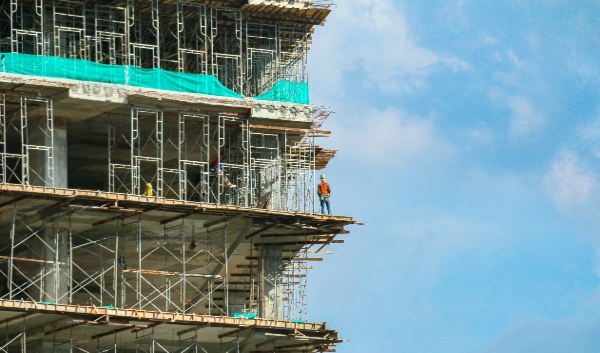
What Are the Challenges of Modular Construction?
Modular construction does, of course, have some challenges. Like any construction method, there are advantages and disadvantages of employing this building method.
Let’s take a look.
Mass Production/ Limited Variety
A modular building can be limited in terms of how much you can customise it – although technology advancements are greatly improving this. Naturally, apartment buildings and hotels are the best applications for modular construction as each unit can be standardised and stacked.
By trying to create non-repetitive modules it would reduce the time and cost savings for both the buyer and the supplier.
Transportation Risk
Sometimes the modules can be prefabricated in factories hundreds of miles away from the end location. Therefore, they need to be transported via a lorry to reach the construction site.
Drivers need to spend time working out the best route as any delay could hold up the entire project. Therefore they must put effort planning their journey as they don’t want to get hung up by bridges, tight turns, and traffic problems.
More Complex Decisions Required
Modular construction demands more decisions to be made about design and engineering at an early stage of the process. Architects, engineers, and contractors must familiarise themselves with the different stages of the modular fabrication to ensure everything runs smoothly.
For example, if the modules are stacked then more attention must be taken to identify how these will be connected together. Furthermore, project managers must work out how the exterior skin will allow for compression so that other materials below the stacked modules are not crushed.
These considerations force management to agree on things such as finishes and appliances in the beginning and make purchases before work has even begun. This might be an advantage to some construction workers as making changes later on can be a headache.
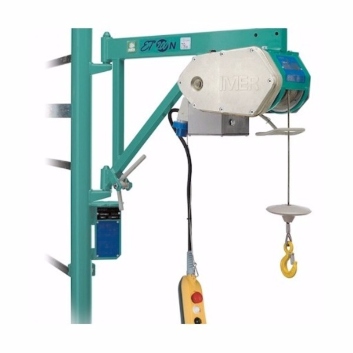
Modular Construction: From Parts to Projects
Modular construction is revolutionising the construction industry. Despite being a method which has existed for years, it has recently gained more traction thanks to technological advancements and a shift in consumer perception.
At one time, consumers were sceptical about the quality of this method and its level of customisation. It carried the same negative connotations of ‘flat pack’ furniture as everything is prefabricated and then joined together.
However, modular construction has since developed and is now growing in popularity. From a project management point of view, there are lots of benefits to be enjoyed from using this system, including minimising waste and saving time. Furthermore, by designing buildings to the same codes and standards as conventional construction, you can be confident the structure is sound for years to come.
One of the biggest advantages of prefabricated buildings is that everything is built off site and assembled together at the desired location. This assembly process requires a range of material handling equipment to lift and transport separate modules.
At YardLink, we have all of the equipment you could possibly need to make your job quicker and easier. From conveyors to lift materials between specific points to industrial trucks to move materials over variable paths, we’ve got your next project covered! To find out more, reach out to a member of the YardLink team.
YOU MIGHT ALSO BE INTERESTED IN


